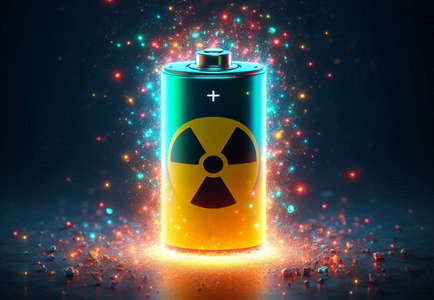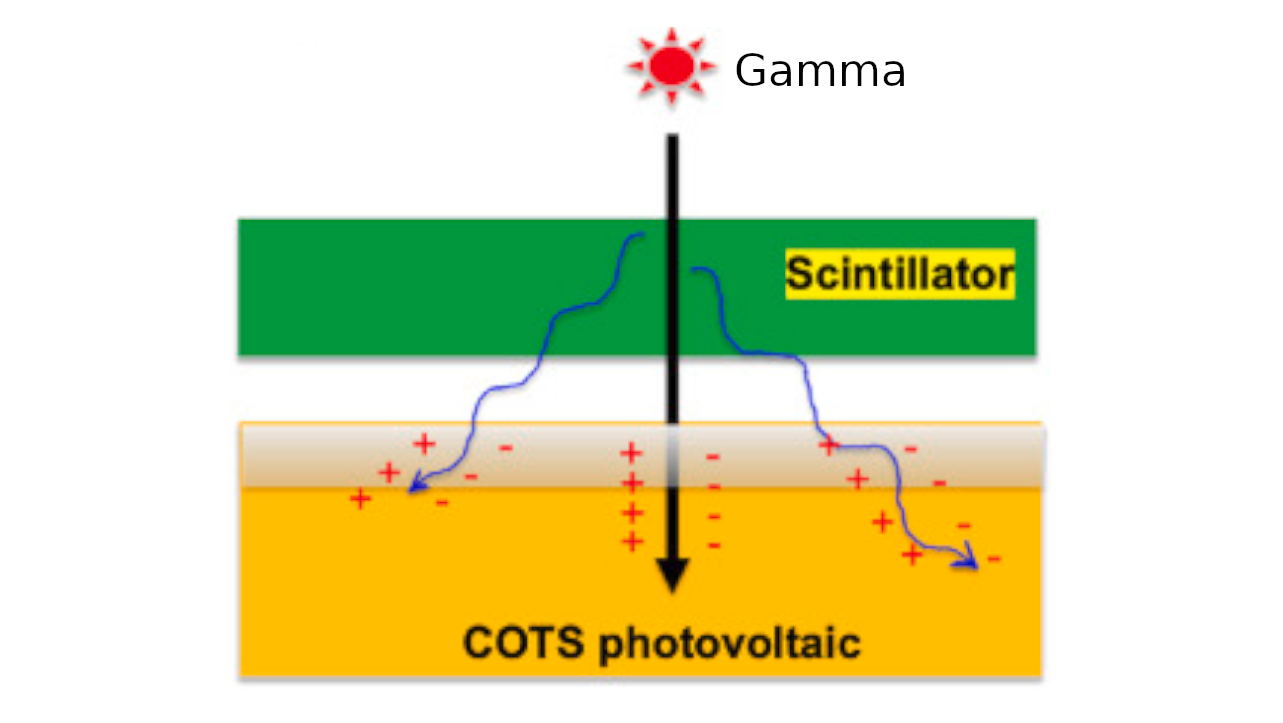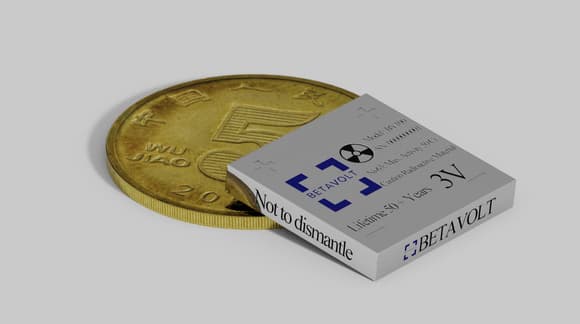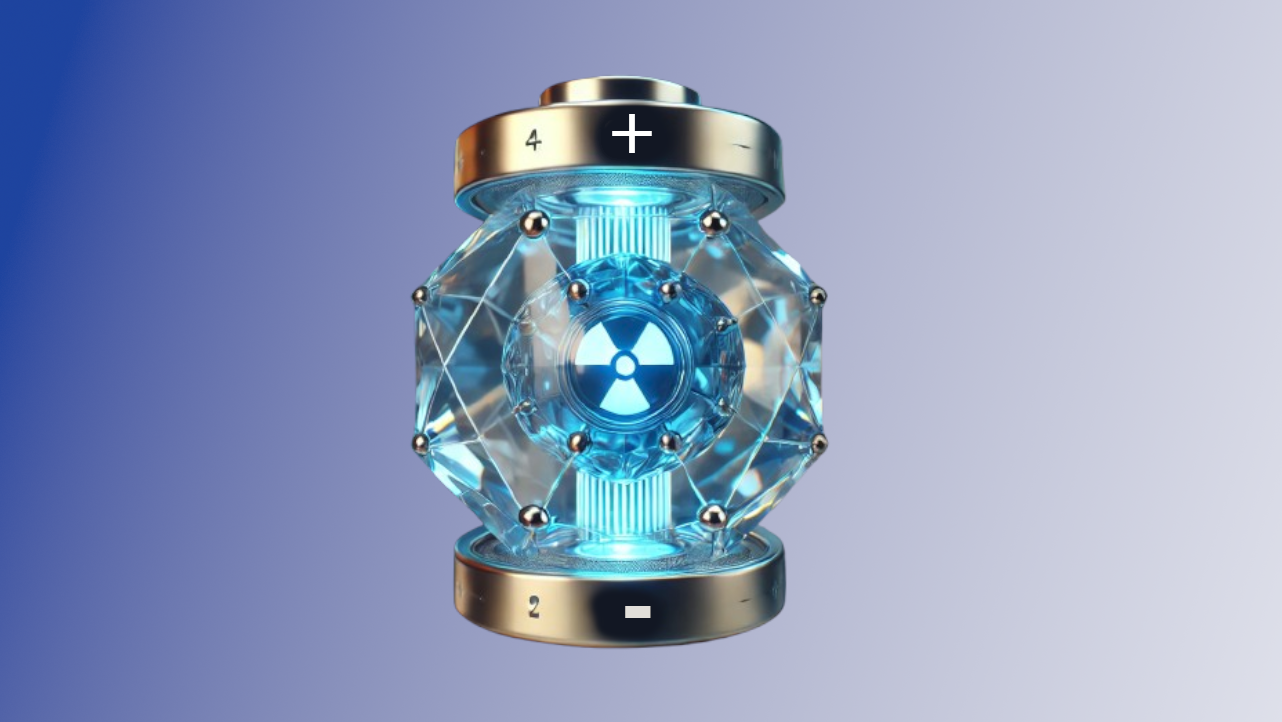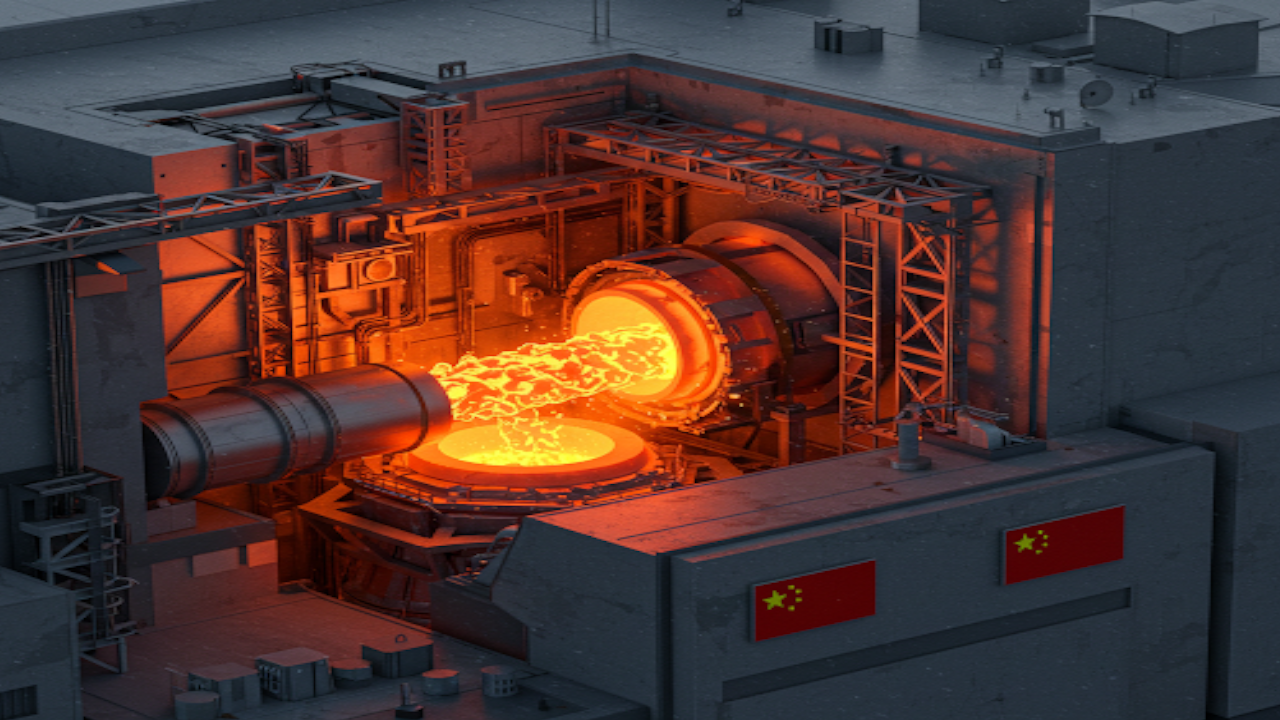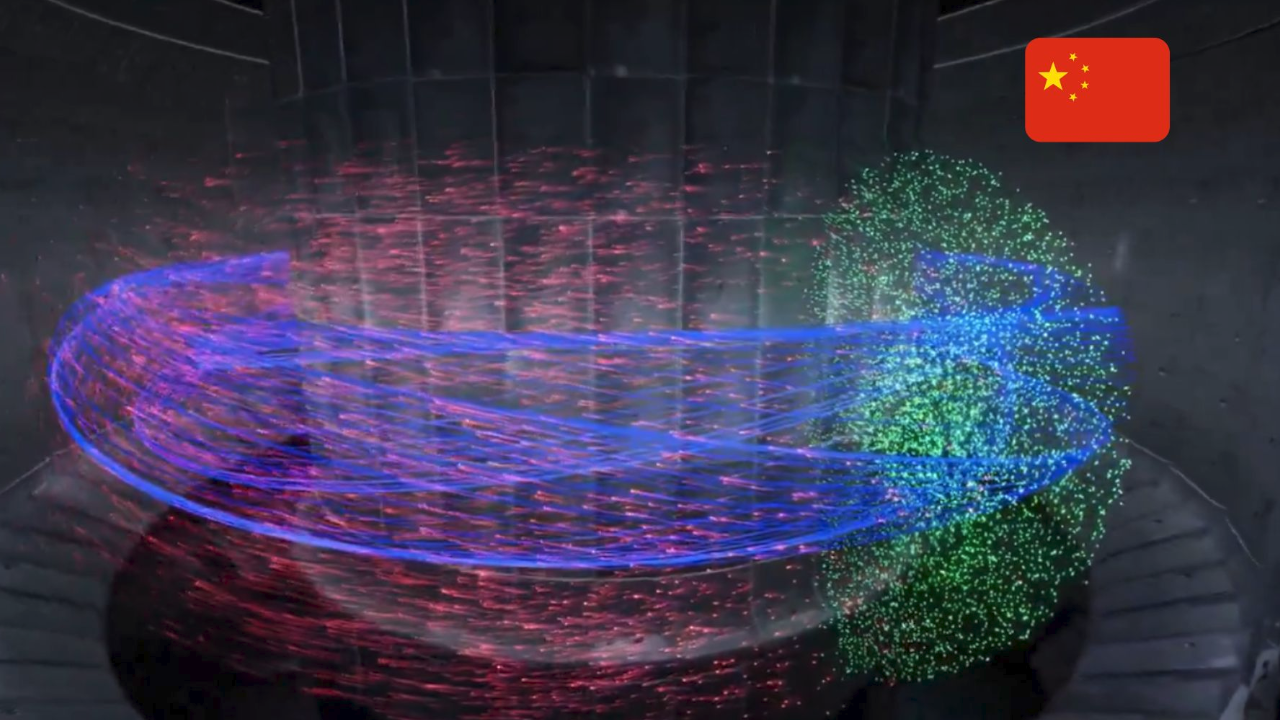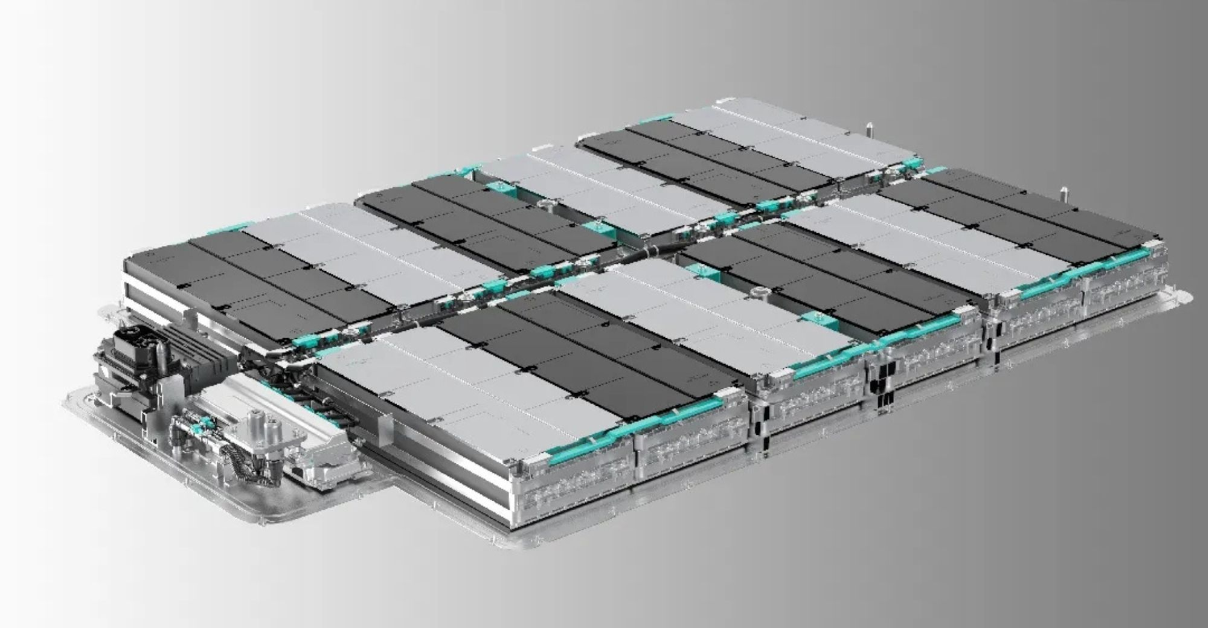Early this year, Chinese company Betavolt unveiled a prototype for a small nuclear battery, the size of a coin, offering 3 volts of power and a 50-year lifespan. The company aspires to develop this battery to power consumer electronics.
If safety concerns can be addressed, this technology seems promising and could potentially outperform and even replace traditional electric batteries.
Perhaps this prospect has driven American companies Kronos Advanced Technologies Inc and Yasheng Group to form a strategic partnership to develop and patent an innovative small nuclear battery using nickel-63 isotope.
Under the agreement, Yasheng — with its long-standing business ties to China — will be responsible for filing patents for the nuclear battery in China, while Kronos will handle the same in North America. Kronos will receive 10% of the royalty revenue Yasheng earns in China, and conversely, Yasheng will get 10% of what Kronos earns in North America.
Nuclear batteries, or radioisotope batteries, convert energy released from the decay of radioactive isotopes into electrical energy. Large-scale versions of these batteries power submarines and aircraft carriers, but the challenge lies in producing them at a low cost, small size, and high safety standards.
Nickel-63 is considered a suitable isotope for such batteries as it decays into copper and offers a long-term energy supply, with an expected battery life of 50 years. It will be encased in a strong, radiation-resistant casing to prevent the leakage of radiation from the decaying isotope, and it will be equipped with multiple safety systems to minimize the risk of hazards in case of failure.
If successful, these batteries will revolutionize the battery industry and become the primary power source for space exploration vehicles, medical devices, and numerous military applications requiring lightweight and powerful energy sources. Additionally, they could power consumer electronics like smartphones, laptops, electric vehicles, electric aircraft, and IoT devices such as surveillance cameras and remote sensors.
